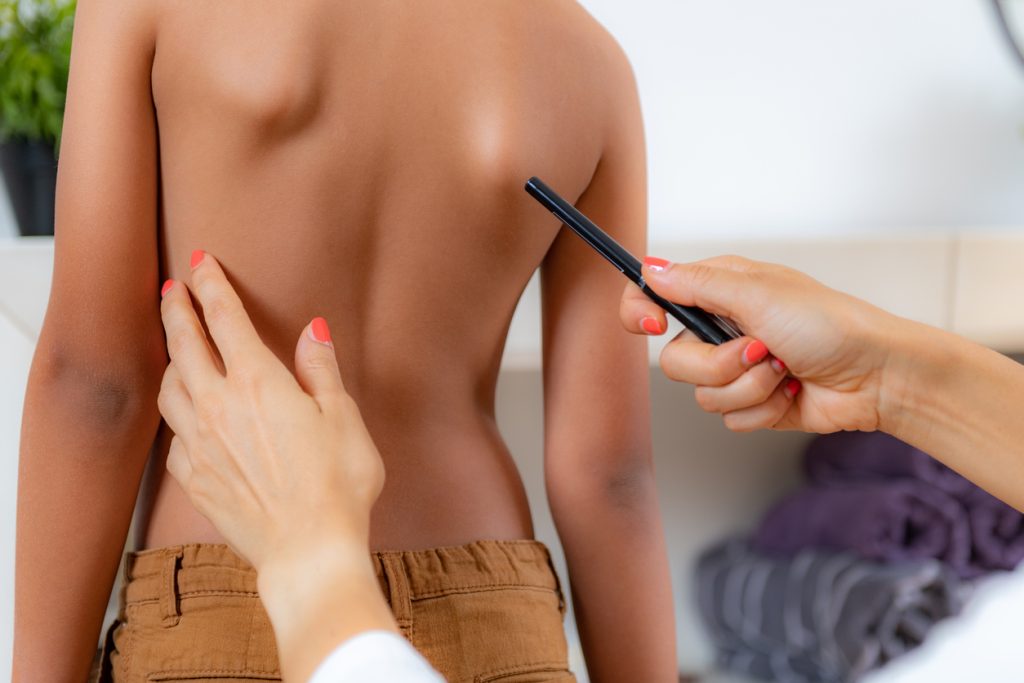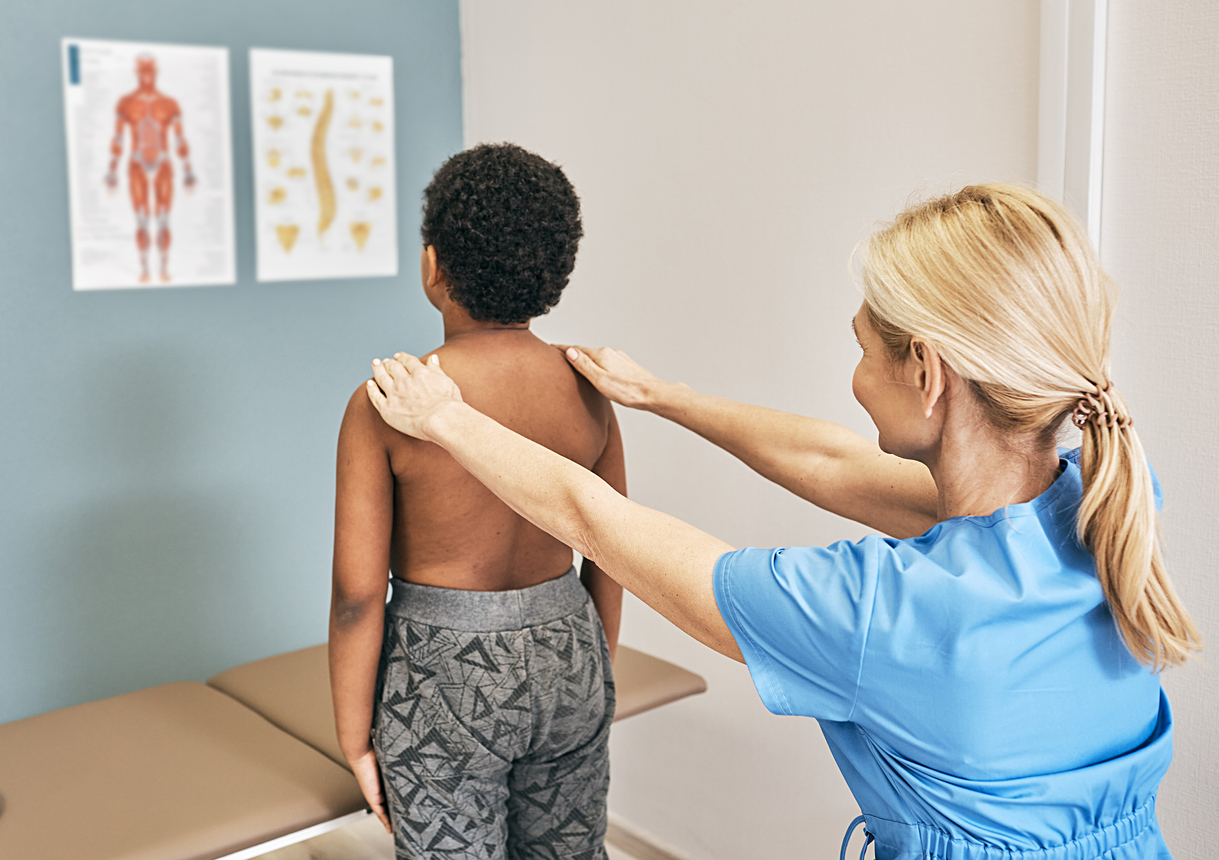Scoliosis is an abnormal lateral, or sideways, curvature of the spine. The lateral curvature is greater than 10 degrees and accompanied by vertebral rotation. The condition is often diagnosed in adolescents between 10 to 12 years of age. The cause of many of these cases is unknown, and the condition is referred to as idiopathic scoliosis. Most cases of scoliosis are mild, but some may worsen over time and require surgery to correct the problem.
The following are key reasons that scoliosis in adolescents should be diagnosed early:
More Treatable
Scoliosis is manageable when diagnosed early. The curvature can worsen as children grow. Having a treatment plan in place before a child’s growth spurt can prevent a larger curvature from forming.
Risk Factors Better Managed
Boys and girls develop scoliosis at the same rate. However, girls are at greater risk for their curvature worsening. Girls have more rapid growth spurts than boys due to hormones. The hormone leptin, found in higher amounts in females, may be linked to scoliosis.
Decrease Side Effects
As the scoliosis curvature becomes more pronounced, side effects become more serious. Children with scoliosis are more likely to suffer from chronic back pain as they age. Changes to the body become more noticeable as scoliosis worsens. Uneven shoulders and hips, as well as prominent ribs, lead to physical deformity. Adolescents may become embarrassed about their appearance. If the rib cage presses against the lungs, the person can have breathing difficulties.
Symptoms of Adolescent Scoliosis
A child should be screened for scoliosis if the following symptoms appear:
- Uneven shoulders
- Prominent shoulder blade
- Uneven leg length
- Uneven waist
- Elevated hip
- Constant leaning to one side
Diagnosing Scoliosis

The physician will perform a complete physical examination, checking to see if shoulders are level, whether one side of the rib cage is higher, whether the limbs are the same length, and if the head is centered. A thorough medical history will be taken to determine whether there is any family history of scoliosis. X-rays of the spine will be taken and the curvature will be measured.
Treatments
Mild cases of scoliosis in adolescents may just require regular monitoring. The physician may want to check the progression every 4 to 6 months. If the curvature worsens, the adolescent may need to wear a brace. If the curvature is severe, corrective surgery may become necessary.
Next Steps
The physicians at Atlanta Brain and Spine Care are experts in the diagnosis and treatment of scoliosis. Contact us today to schedule an appointment with one of our physicians.


